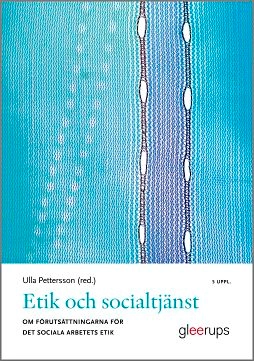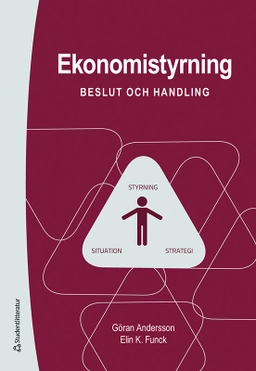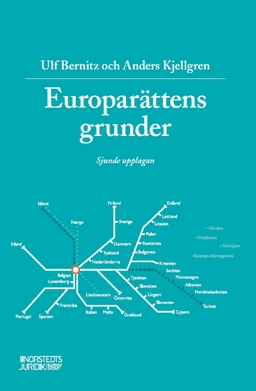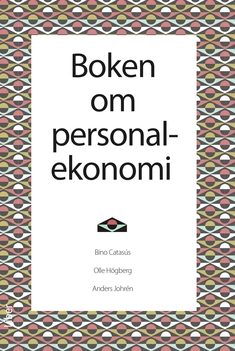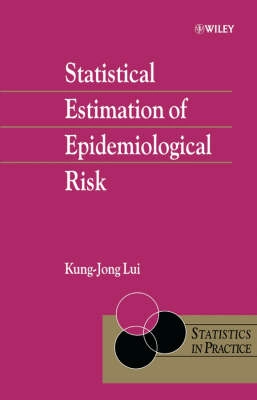

Statistical Estimation of Epidemiological RiskUpplaga 1
- Upplaga: 1a upplagan
- Utgiven: 2004
- ISBN: 9780470850718
- Sidor: 206 st
- Förlag: John Wiley & Sons
- Format: Inbunden
- Språk: Engelska
Om boken
Åtkomstkoder och digitalt tilläggsmaterial garanteras inte med begagnade böcker
Mer om Statistical Estimation of Epidemiological Risk (2004)
I januari 2004 släpptes boken Statistical Estimation of Epidemiological Risk skriven av Kung-Jong Lui. Det är den 1a upplagan av kursboken. Den är skriven på engelska och består av 206 sidor djupgående information om medicin. Förlaget bakom boken är John Wiley & Sons som har sitt säte i Hoboken.
Köp boken Statistical Estimation of Epidemiological Risk på Studentapan och spara pengar.
Tillhör kategorierna
Referera till Statistical Estimation of Epidemiological Risk (Upplaga 1)
Harvard
Oxford
APA
Vancouver



